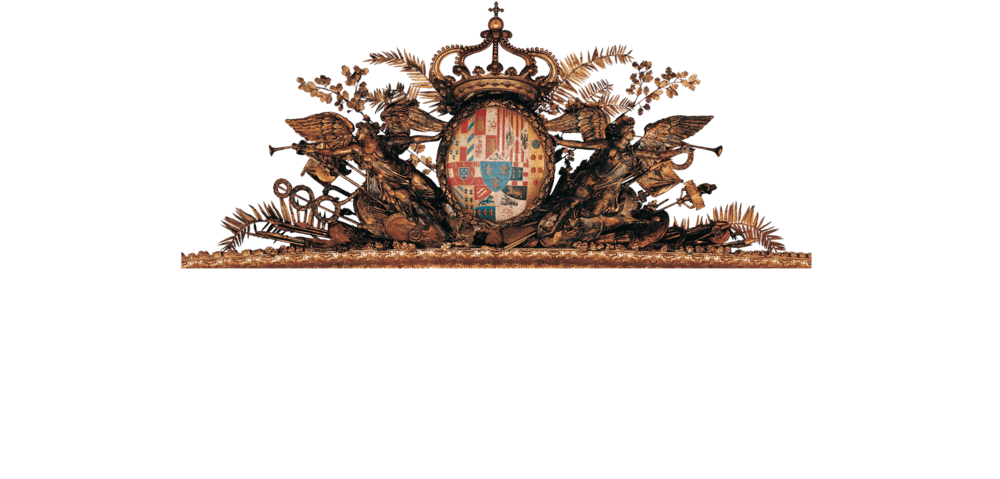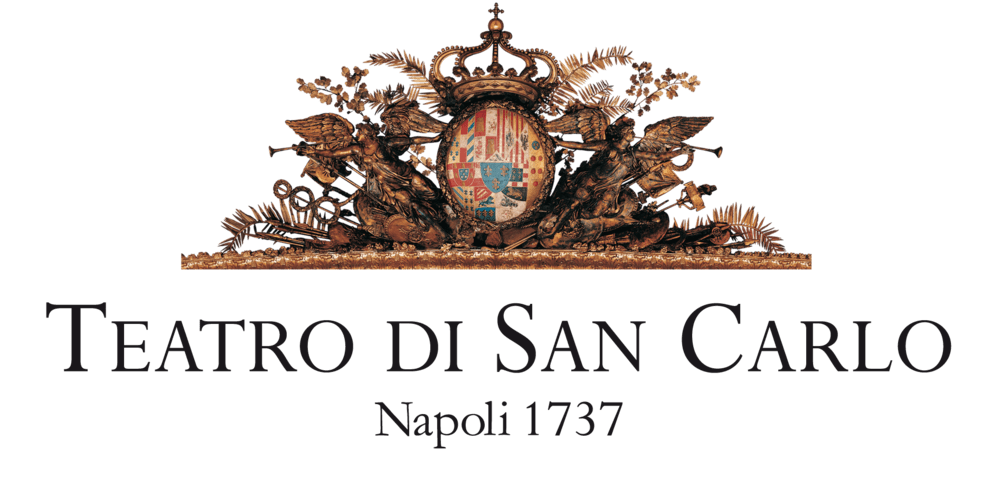Orchestra
The history of the Orchestra of the Teatro di San Carlo is closely linked to that of the oldest European opera house, which opened on the 4th of November 1737 with theAchilles on Skyros by Domenico Sarro. Since then, the prestigious tradition of the Orchestra of San Carlo continued throughout the nineteenth century, the period during which the complex was recipient of works composed by Rossini, Bellini, Donizetti and Verdi. The latter, on occasion of the staging of Aida, dedicated the early parts to his only String Quartet, the manuscript of which is still kept at the Conservatory of San Pietro in Majella.
Familiarity with the symphonic repertoire was acquired mainly in the twentieth century. Up until that time, San Carlo had entertained great soloists and guests, often foreigners. However, on the 18th of April 1884, the young Giuseppe Martucci stood on the podium to conduct the San Carlo ensemble in a rich program, with music by Weber, Saint-Saëns and Wagner. Since then, the Neapolitan composer has represented a constant and formative presence for the Orchestra, entrusted to him on more than one occasion. Subsequently, many are the names of the great directors at the helm of the Orchestra: Toscanini (1909), Victor de Sabata (1928), and even the composers Pizzetti and Mascagni. On the 8th of January 1934, Richard Strauss gave to the ensemble of the theatre a concert entirely composed from his own music. It is important to also note, with the testimony of a much strengthened cultural vivacity, the courage with which the orchestra presented the first performance of Francesca da Rimini by Riccardo Zandonai (the 15th of January 1921) and Fedra by Ildebrando Pizzetti (the 16th of April 1924).
After the Second World War and the following decade, Naples and San Carlo welcomed many other famous conductors: Gui, Serafin, Santini, Gavazzeni among the Italians, and Böhm, Fricsay, Scherchen, Cluytens, Knappertsbusch and Mitropoulos among the foreigners, including, in 1958, Igor Stravinsky. The sixties saw two emerging young directors on the podium: Claudio Abbado, who made his debut in 1963, and Riccardo Muti in 1967.
Meanwhile, the complex of the The Theatre was appreciated even outside the country, thanks to a series of prestigious tours. The first Italian theater to go abroad after the Second World War, in 1946 San Carlo was at Covent Garden in London. In 1951, it was guest at the Festival of Strasbourg and took part in the Paris Opera at the celebrations for the 50th anniversary of the death of Verdi. After the Festival of Nations in Paris, in 1956, and then a Edinburgh in 1963, San Carlo launched into a long tour of Brazil in 1969. It was in Budapest in 1973, in Dortmund in 1981, in Wiesbaden in 1983, 1985 and 1987; finally, with Flaminio by Pergolesi, in the United States at Charleston and New York.
In the eighties, when they reconsidered Muti and Gavazzeni, the Orchestra found in Daniel Oren a regular point of reference, especially in the theater. In the next decade, inaugurated by the intense collaboration with Salvatore Accardo, there was a decided revival of symphonic activity, evidenced by collaborations with renowned directors, including Giuseppe Sinopoli (who direct Messa da Requiem by Verdi in 1998) and Lorin Maazel, on the podium in December 1999 for a highly acclaimed Beethoven’sNinth.
In the wake of these prestigious rewards, the Symphonic Orchestra of San Carlo – renewed and rejuvenated in many parts – found at its side many other famous conductors, such as Georges Prêtre, Rafael Frühbeck de Burgos, Mstislav Rostropovich, Gary Bertini (musical director in 2004-2005), Jansug Kakhidze, Jeffrey Tate (who from 2005 until 2010 was music director of the theater, deepening the Mahler repertoire until then little known), Gustav Kuhn and Gabriele Ferro (from 1999 until July 2004 at the helm of the Orchestra). Exactly with Ferro, in September 2001, the San Carlo complex led the Stravinsky diptych Perséphone-Edipus Rex in the ancient theater of Epidaurus, in Greece, exhibiting a grand cast which included Gérard Depardieu and Isabella Rossellini.
In June 2005, the Orchestra performed in the Japanese cities of Tokyo and Otsu, in two operas of Verdi, Luisa Miller and Il Trovatore, and in October 2005 it was in Pisa, with Cantate per San Gennaro (music revision by Roberto de Simone), host of the International Festival of Sacred Music “Anima Mundi”. Among the most recent tours were those in France and Chile (2010), in Russia at the Mariinsky Theatre (2011) and at the Hong Kong Arts Festival (2013 ) with La Traviata for the direction of Roberto Abbado and staging of Ferzan Ozpetek.
The Orchestra has also significantly contributed to the double conquest of the prestigious Abbiati, Award given by the Italian music critics in 2002 at Königskinder (“…Jeffrey Tate – we can read in the citation –has achieved in the Orchestra both chamber discipline and romantic impulse) and, in 2004, with Elektra.
From February 2012 to December 2014, the musical director has been Nicola Luisotti, who directed in Naples I Masnadieri and the Messa da Requiem by Giuseppe Verdi and Messa di Gloria by Giacomo Puccini.
From October 2016 to January 2023 the Music Director was Juraj Valčuha who had a strong presence in his Naples Theatre in the season 2017/2018, conducting Puccini’s The Girl of the Golden West, Shostakovich’s Lady Macbeth of Mtsensk, Tosca as well as symphonic concerts. The actual music director is Dan Ettinger.
Tickets
Check the availability
and choose your seat online!

